Origin Story of the Self-Sustaining Homestead
A decade ago a small parcel of entropic turf lay fallow on the outskirts of a rural hamlet. Its clay-laden loam had been trampled by livestock and sapped by chemical inputs. When Mara Finch inherited the property she envisioned a living tapestry that could feed her family year-round without fossil fuel inputs. Over successive seasons she wove guilds of nitrogen-fixing shrubs, dynamic accumulators and perennial windbreaks into a resilient agroecology. This journey from desolation to abundance exemplifies core permaculture tenets—observe then interact, catch and store energy, and value cyclical patterns.
Principles Guiding Permaculture Garden Architecture
Observation and Zone Analysis
In permaculture garden design one begins with meticulous site reconnaissance. Map sun angles hydrology wind corridors and microclimates. Divide the landscape into concentric zones of use intensity. Zone 1 abuts the dwelling and hosts culinary herbs salad greens and small-scale aquaponics. Zone 2 contains perennial polycultures of asparagus rapini and blackcurrant. Successive zones accommodate plank-toed orchards, chestnut coppice and wildlife corridors.
Sector Planning and Energy Flows
Analyze ingress of seasonal rains prevailing winds and solar trajectories. Channel excess runoff into swales and infiltration basins to recharge aquifers. Position solar arrays and animal shelters to harvest sun when winter yields low insolation. Use hedgerows of Elaeagnus umbellata to deflect desiccating gusts and to fix atmospheric nitrogen enhancing adjacent beds.
Emulating Ecological Succession
Design garden strata that mimic native successional stages. Pioneer species such as Alnus glutinosa and actinorhizal sea buckthorn swiftly establish on depleted soils. Mid-successional shrubs like Sambucus canadensis trap organic detritus and foster mycorrhizae networks. Climax species—walnut oaks chestnuts—provide long-term yield of nuts and timber anchoring the system.
Soil Building and Biotic Life
Dynamic Accumulators and Chamaephytes
Cultivate plants with deep taproots that mine subsoil minerals and translocate them to surface biomass. Comfrey and dandelion roots draw calcium magnesium and potassium enriching the humus layer when chopped and mulched. Integrate chamaephytes such as creeping thyme to stabilize topsoil and to offer groundnesting pollinators forage and nest sites.
Biochar and Microbial Synergies
Incorporate biochar derived from coppiced willow into raised beds to boost cation exchange capacity and molecular porosity. Inoculate biochar with indigenous rhizosphere microbes or spent mushroom substrate before incorporation. This fosters a living soil matrix where saprophytic fungi decompose lignocellulose and arbuscular mycorrhizae extend the effective root zone of fruit trees.
Mulching and Sheet Composting
Implement sheet composting by layering cardboard strata branches and green matter directly upon wasted grass paths. This mimics forest floor build-up and prevents erosion. Apply living mulches of white clover and chickweed to suppress weeds retain moisture and fix nitrogen. In autumn spread leaf mold from deciduous woodlands to inoculate leaf litter fungi crucial for nutrient cycling.
Water Harvesting and Hydrological Design
Swales Riparian Buffers and Hugelkultur
Contour swales along isobars to catch overland flow slowing erosion and directing water into infiltration trenches. Plant riparian buffers of native willows meadowsweet and sedges along lowland drains to filter sediments and to create niche habitat for amphibians. Construct hugelkultur mounds with buried logs sticks and organic debris. The wood cores act as sponges releasing moisture through drought cycles.
Greywater Recycling and Aqueducts
Channel kitchen wash-water through settling ponds lined with vetiver grass and duckweed to remove detergents before irrigating fruit-bearing shrubs. Employ gravity-fed aqueducts of bamboo piping to reduce pump energy. In summer months use terra cotta ollas set into raised beds. These porous vessels slowly exude stored water directly to plant roots maximizing water use efficiency.
Polycultures and Guild Formation
Fruit Tree Guilds with Understory Layers
Design apple and pear guilds with dynamic accumulators comfrey and nettle at the periphery. Nestled within the mulch base plant bulbous crops garlic and narcissus to repel borers and voles. Interplant nitrogen-fixing goumi and goumi-hazel coppice to augment fertility and to provide edible fruits and nuts in mid-succession.
Annual-Perennial Integration
Mix nurse crops such as buckwheat and sunflowers among perennial strawberries and rhubarb. The quick-growing annuals smother weeds and release biomass for compost while the perennials establish robust root systems. At the season’s end intersow cover crops of crimson clover and phacelia to nourish pollinators and to prevent soil nutrient loss.
Food Forest Dynamics and Layering
Canopy Architecture
Mimic arboreal layering from emergent canopy (walnut hickory) through understory (serviceberry elder) to shrub and herbaceous tiers. This stratification maximizes vertical isotopic layering of light and moisture gradients. Wild grape and kiwi vines climb scaffold branches yielding fruit niches high above ground pests.
Edge Effects and Microhabitat Diversity
Maximize productive edge by creating serpentine garden beds instead of rectilinear rows. Curvilinear contours increase border length fostering greater species interaction among edible perennials pollinator magnetflowers and beneficial insect refugia. Plant hedgerow species such as witch hazel and hazelnut along borders to define microclimatic edges and to offer seasonal understory forage.
Integrated Animal Systems
Poultry-Driven Pest Management
Rotate chicken tractors through vegetable beds predation zones where fowl scratch surface litter ingest slugs caterpillars and insect larvae converting pests into manure. Construct mobile coops lined with drip trays to collect high-nitrogen droppings for direct application to adjacent beds during rest periods.
Aquaculture and Aquaponic Synergy
Incorporate koi tilapia tanks into greenhouse systems. Fish excreta provide ammonia and nitrates which are absorbed by hydroponic basil kale and tomatoes. Return filtered water back to fish tanks preserving nutrients. This recirculating aquaponic loop yields protein and vegetables in one closed-loop.
Seasonal Planning and Succession Harvesting
Perennial Forward Strategy
Prioritize planting of fruit bushes and trees in year one followed by layered annuals and cover crops in year two. This staggered approach yields harvestable produce within twelve months while simultaneously enhancing soil and biomass.
Continuous Succession and Cut-and-Come-Again
Implement cut-and-come-again greens such as kale chard and perpetual spinach to harvest leaves every two weeks for months. Stagger planting dates of quick-maturing radish lettuce and arugula to ensure fresh salad mixes throughout early spring and autumn frost-free gaps.
Nutrient Cycling and On-Site Composting
Thermophilic Compost Systems
Build insulated compost bays to maintain high temperatures fostering thermophilic bacterial activity which eradicates weed seeds and pathogens. Use aerated static piles monitored by simple handheld probes and turned by pitchfork every ten days.
Bokashi and Anaerobic Fermentation
Ferment kitchen scraps in bokashi barrels with Effective Microorganisms to pre-digest fibers and to retain micronutrients. After two weeks bury fermented matter in trench beds to complete aerobic decomposition enriching long-term soil fertility.
Community Engagement and Knowledge Exchange
Seed Sovereignty and Exchange Networks
Host quarterly seed-swap gatherings inviting local gardeners farmers and indigenous custodians to contribute and to claim heritage varieties. This preserves regional agro-ecological diversity and fosters communal resilience.
Permablitz Workshops and Skill-Shares
Organize permablitz events where teams design and establish permaculture elements in neighbor yards in a weekend. Offer demonstration on pond construction Hugelkultur no-dig beds and plant propagation. These skill-shares amplify local expertise and generate word-of-mouth referrals.
Monitoring Resilience and Adaptive Management
Ecological Indicators
Track biomass accumulation in measureable units such as cubic meters of compost produced and kilograms of yield per square meter annually. Monitor pollinator counts by transect surveys and document soil aggregate stability post rainy season.
Feedback Loops and Iterative Design
Review harvest data and ecological metrics each autumn. Use this feedback to adjust guild compositions microclimate interventions and water harvesting structures. Permaculture design is never static but evolves as you learn from successes and failures.
Expert Tips and Tricks
1 Observe seasonal energy flow by mapping sun path and wind vectors before planting
2 Use rare dynamic accumulators such as yarrow comfrey and valerian to mine trace minerals
3 Precondition swales with inoculated woodchips to support wood degrading fungi
4 Integrate living fences of gooseberry and rosemary for privacy pest deterrence and edible snacking
5 Employ geotextile liners under heavy mulch piles to prevent rodent burrowing
6 Harvest rainwater from greenhouse roofs into subterranean cisterns for high quality irrigation
7 Employ programmable drip irrigation controlled by soil moisture tensiometers to conserve water
8 Rotate poultry tractors biweekly to distribute fertility evenly and to control insect outbreaks
9 Use botanical dye plants like indigo and weld as cover crops that also provide dyestuffs
10 Document all planting schemes in GIS enabled maps for precision analytics and future reference
This compendium distills advanced permaculture design principles into actionable strategies for creating self-sustaining organic food production systems that endure seasons droughts and changing climates while nurturing human and ecological health.
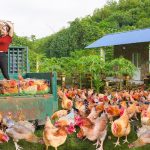

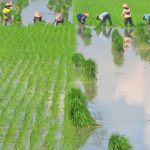
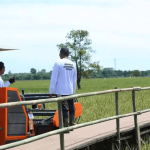
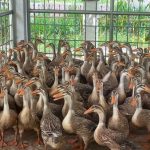
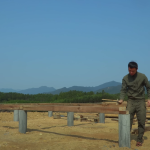

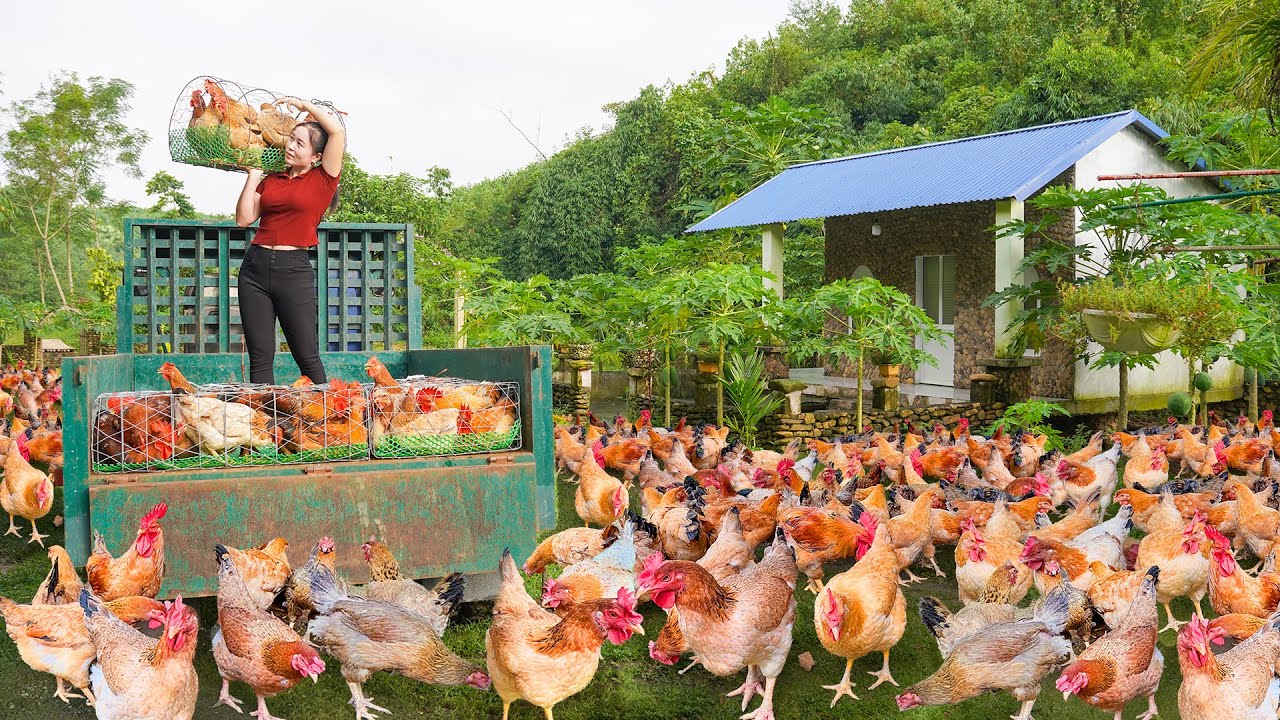

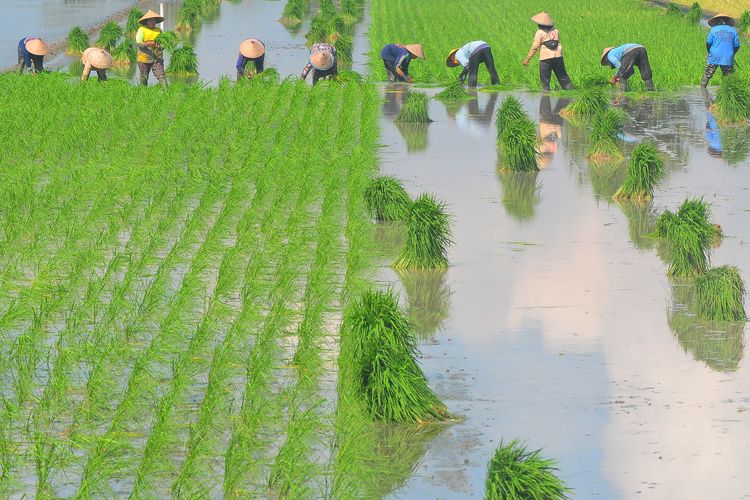
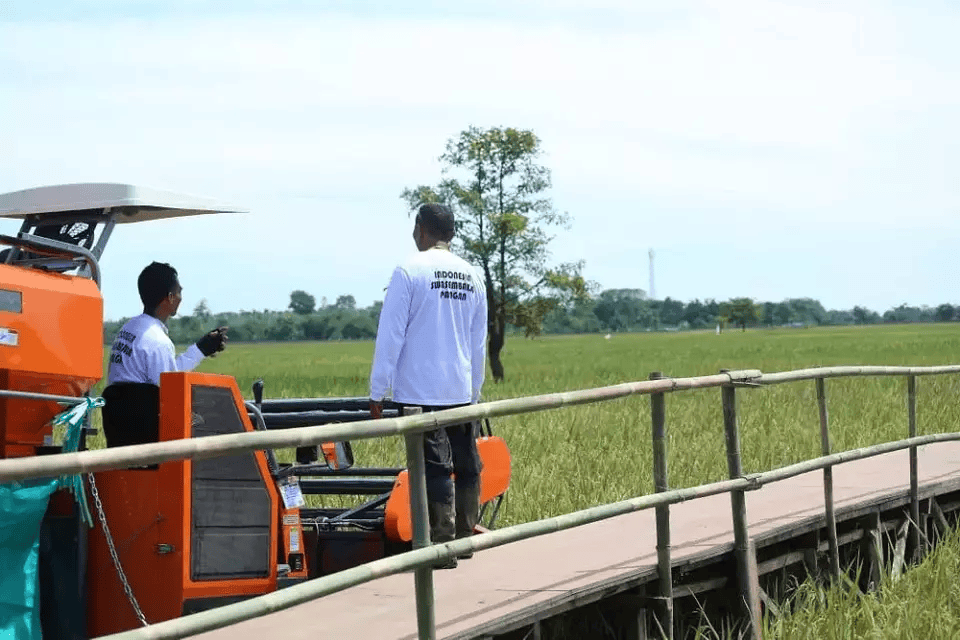
Safety first! is747livesafe is all about keeping your account secure. Good lookin’ out! is747livesafe